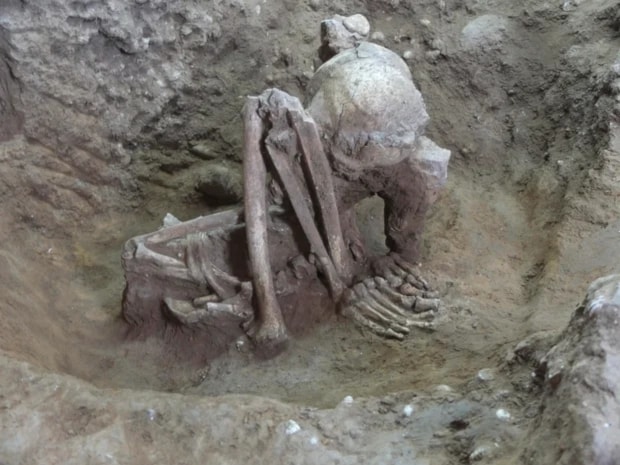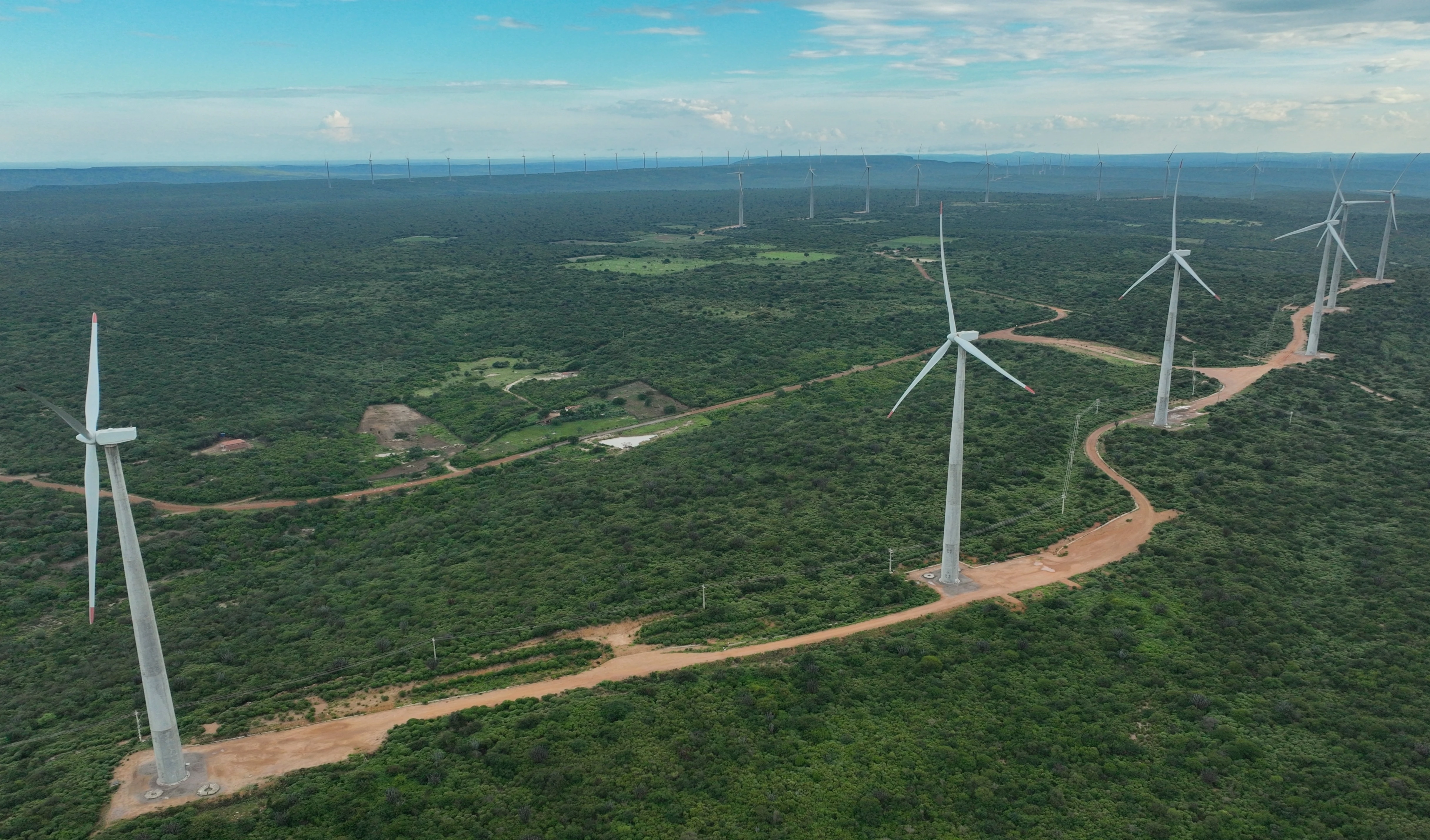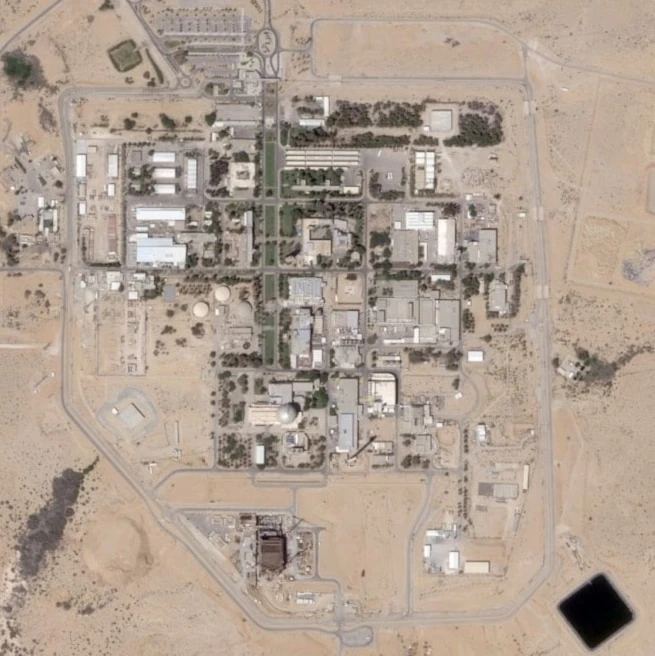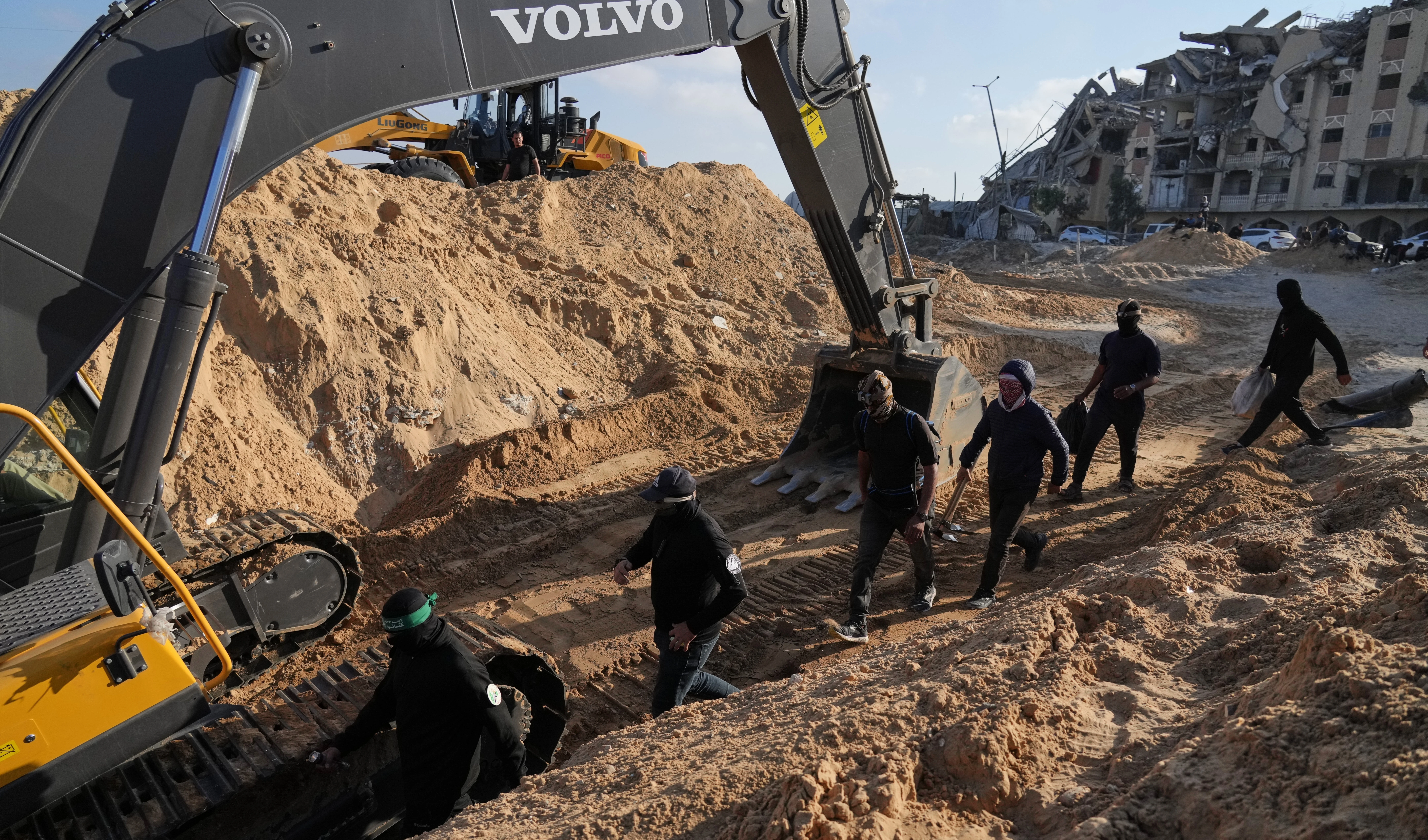Ancient mummies in Asia may be world’s oldest, study finds
A new study reveals smoke-dried mummies in Southeast Asia and China date back 12,000 years, predating Chile’s Chinchorro remains and Egypt’s Old Kingdom burials.
-

This undated photo provided by Hirofumi Matsumura shows a 9,000-year-old mummy in Guangxi, China, in a squatting position. (AP)
A study published Monday in the Proceedings of the National Academy of Sciences suggests that smoke-dried mummies discovered in Southeast Asia and China may be the oldest ever found.
Researchers reported that the mummies were preserved through smoke-drying and buried in crouching positions at sites across Southeast Asia and China. Using radiocarbon dating, the multinational team estimated their age at up to 12,000 years, making them significantly older than previously known mummies from Chile.
The research examined 54 burials from 11 locations across the region. The authors noted that the drying methods resembled practices recorded ethnographically among some Australian and Highland New Guinea societies.
Connection to ancient populations
One of the study’s authors linked the mummies to an ancient hunter-gatherer population predating the ancestors of modern Southeast Asian inhabitants.
“These mummies belong to an original hunter-gatherer population that occupied Southeast Asia in Paleolithic times, and that continued in occupation in places like Australia and New Guinea through into current times,” said Peter Bellwood, co-author and professor emeritus of archaeology at Australian National University in Canberra, speaking to NBC News.
Previously, the mummies of the Chinchorro culture in northern Chile were believed to be the world’s oldest, dating back about 7,000 years. By comparison, the better-known mummies from Egypt’s Old Kingdom are estimated to be around 4,500 years old, according to the study’s abstract. This new research pushes the origins of mummification back by several millennia.

 2 Min Read
2 Min Read










